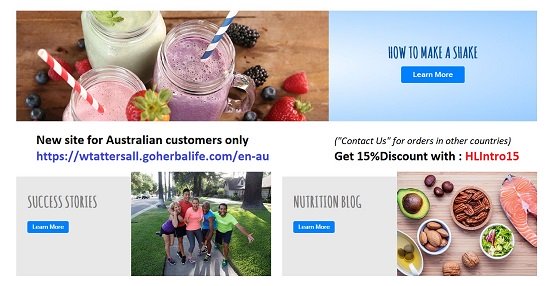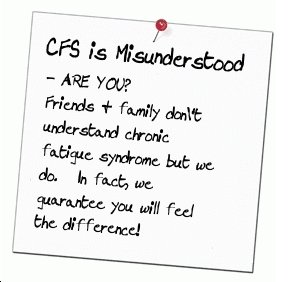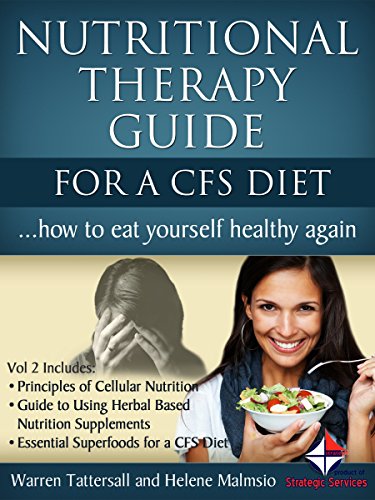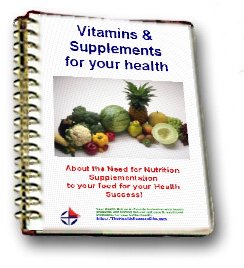Mindful Living: The Path To A More Fulfilling Life
Mindfulness is not an out-of-reach foreign concept that is difficult to add to your everyday life. It’s actually quite the opposite. Mindfulness is a meditation technique that has many benefits and is very simple to use. Here we talk about what mindfulness and its benefits are as well as ways to include it in your daily living.
What is Mindful Living?
Mindful living simply means incorporating the practice of mindfulness into your everyday life. As a beginner, you’ll need to make a conscious effort to practice mindfulness as you go about your day. Once you hone your skills, you’ll find yourself engaging in mindfulness automatically as you complete your daily tasks.
Mindfulness is a mental state in which you are fully aware of the present moment. You engage with your five physical senses and free thoughts. You allow yourself to experience the moment from an objective perspective. In mindfulness, it’s important to refrain from viewing experiences as “good” or “bad.”
How Is Mindful Living Beneficial?
Mindful living has benefits that reach every core life area, including mental health, physical health, social relationships, employment, recreation, etc. Here are just a few of the benefits that mindful living provides:
• Less rumination on undesired thoughts
• Stress reduction
• Better cognitive function
• Less emotional reactivity
• Higher satisfaction with relationships
• Better mental health
• Stronger immune function
How to Live Mindfully
There are many ways to introduce mindfulness into your daily life. It is a form of meditation as well as a mindset. First, you can start by scheduling a structured mindfulness session into each day. Ten-minute sessions are a good starting point. You can add them to your wake up or bedtime routine so that they’re easy to structure into your day. Here are some ways to practice mindfulness during these sessions:
• Get yourself into a comfortable position within a quiet and calm environment.
• Starting at either end of your body, gradually tense and relax your muscles and joints. Pay attention to the physical sensations as you do so.
• Take slow, deep breaths. Count how many you take and how long they last. Feel and visualize the air working through your respiratory system.
• Allow yourself to have thoughts of positive messages.
• Repeat encouraging mantras aloud.
• Listen to a guided meditation.
Once you get better at these techniques, you can begin to practice them in a less structured way. Here are some ways to engage in mindfulness throughout your day:
• Practice mindfulness when you get a small break in your day, such as at work or while sitting at a red light in traffic.
• Journal at the end of each day to recap your experiences and note what you are grateful for that day.
• Create a positive affirmation jar and start your day by reading a slip out of the jar.
• Take inventory of your five physical senses as you complete daily activities, such as walking, driving, eating, hygiene tasks, and recreational activities.
• Focus on a single task at a time. For example, instead of listening to music while making dinner, prepare the meal without additional stimuli. You can feel the ingredients in your hands, hear the sound of chopping, smell the food cooking, see the variety of colors in the ingredients, and taste test the meal as you’re preparing it.
• Participate in creative recreational activities, such as coloring, sewing, sculpting, etc.
• Look at an object for a few minutes to notice details you’ve missed in the past.
• Actively listen in conversations with others.
• Practice empathy. Imagine what others may be experiencing and why they’re acting the way they are.
• Think about what you will say before you say. Remember that it’s okay to take a pause in conversation if needed.
Source Links
https://www.apa.org/monitor/2012/07-08/ce-corner
https://www.healthline.com/health/mind-body/mindfulness-activities
https://www.medicalnewstoday.com/articles/320392
https://www.mindful.org/what-is-mindfulness/
Learn more about your health online when you read the rest of our information here about: Sound Vibration Healing guide and also download the free health report available there!
Warren Tattersall has been a full time nutritional consultant for over 35 years and works with people all over the world to help them improve their health, increase their personal energy levels and to use supplements to assist with diet related health issues.
Just send him a note on the form here - Contact Us - to request a personal no obligation one-on-one consultation with Warren
New order website for Australian customers:
For all the subscribers that don't want to talk to anyone, just want to buy their products direct, I'm creating these websites that process orders for you once you register with them.
The Australia GoHerbalifeSite is the first one completed, other countries will come along soon...
Australian customers: Click this link or tap on the banner below to check it out and get registered to place your orders... and remember your 15% discount code: HLIntro15

Did you find this post fun, informative and useful? If so, please share it with others!
If you have a comment, question or suggestion, please leave a comment below!
the A to Z directory of dealing with Health Problems & Self Care Strategies for natural remedies to your health issues.

Subscribe to get your weekly "Health Success Magazine" with a new complete & comprehensive Health Report in every edition!

to “Your Health Success”
our weekly F’R’E’E’ Newsletter
If you would like a free no-obligation private consultation or to contact Warren Tattersall for more information, please click here >> Contact Us

Click the books above to learn more about how we treat CFS naturally, to get your life back!
You will find many assorted Health Reports available for download free to you on this website!
Our free Health Success Reports are each available for you to download when you subscribe to receive them and their 7 part eCourse.
You can unsubscribe at any time, but we are sure you will want to receive all the email lessons of these informative ecourses.
Read more HERE to select the REPORT subjects of most interest (or concern) to you.









